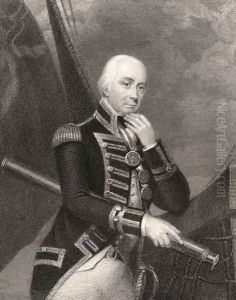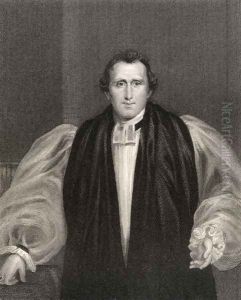Howard, Francis Paintings
Francis Howard was an influential figure in the art world, particularly known for his contributions as a patron and promoter rather than as an artist himself. Born on February 1, 1874, in St. Louis, Missouri, Howard had a significant impact on the development of modern art in the United States.
Howard's early years were not particularly oriented towards the arts. It was only after moving to Europe that he became deeply involved in the artistic community. He spent a considerable amount of time in Paris, which at the turn of the 20th century was the epicenter of avant-garde art. There, Howard was exposed to the works of the Impressionists, Post-Impressionists, and the burgeoning movements that would collectively come to define modern art.
Rather than creating art himself, Howard's role was that of an intermediary and advocate. He was instrumental in organizing exhibitions, including the 1913 Armory Show in New York City, which was the first large exhibition of modern art in America and introduced the American public to European artists such as Vincent van Gogh, Pablo Picasso, and Marcel Duchamp. This event was a turning point for American art, as it challenged the conservative tastes of the time and paved the way for American artists to explore new styles and techniques.
In addition to his work with the Armory Show, Howard was known for his editorial role in the magazine 'The Arts,' through which he further promoted modernist art. He also established contact with leading artists and critics of the period, thereby fostering a transatlantic dialogue that was crucial for the development of modern art in America.
Francis Howard was also an art collector, and his personal collection included significant works by artists such as Matisse and Cézanne. His support of these artists was not only critical in terms of financial patronage but also in legitimizing their work in the eyes of the American art establishment.
Throughout his life, Howard remained a passionate advocate for modern art, believing in its power to reflect and shape contemporary society. He continued to support artists and organize exhibitions until his death on July 5, 1954.
Howard's legacy is one of openness to new ideas and a willingness to challenge the status quo. Through his efforts, he helped to establish a foundation for the acceptance and appreciation of modern art in the United States, and his influence is still felt in the art world today.

